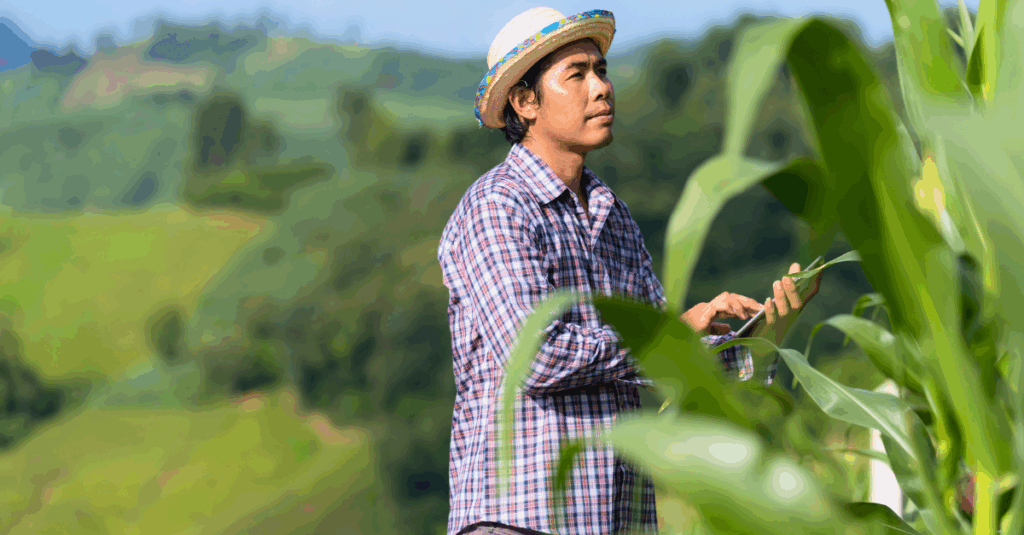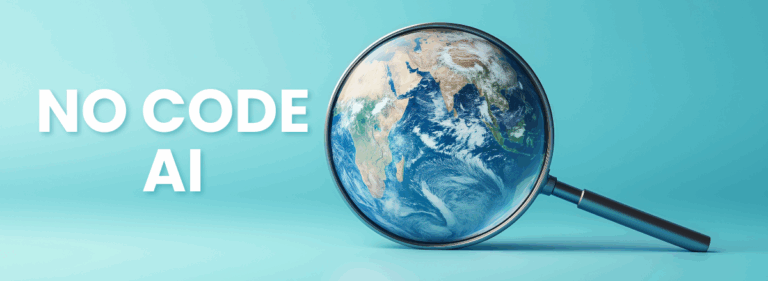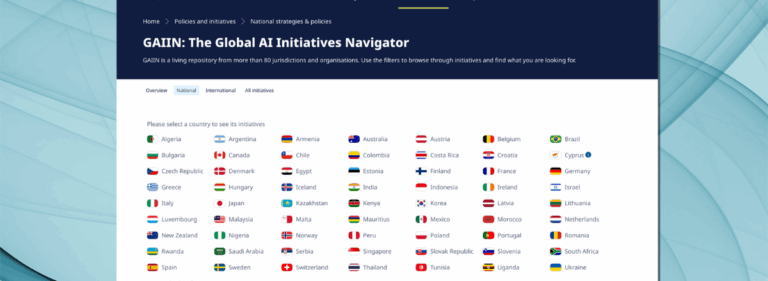How to govern AI in agriculture responsibly: risks, tools and solutions

The integration of data and artificial intelligence (AI) into agriculture and food systems has accelerated in recent years. Innovations such as soil sensors, satellite imagery, AI-powered crop management tools, disease monitoring and prediction, supply chain traceability systems, and weather forecasting models are transforming traditional farming and food production.
For example, precision agriculture allows farmers to apply water, fertilisers, and pesticides only where needed, reducing environmental impacts and lowering costs. AI models forecast harvest times, predict pest outbreaks, and monitor crop health with remarkable accuracy, enabling proactive management.
Blockchain technology tracks food from farm to plate, increasing consumer confidence in the products they consume. In short, AI and data-driven innovations are transforming how we produce, process, and distribute food, promising a more sustainable and efficient future for global food systems.
To counter risks with AI and agriculture, yes to transparency, inclusion and robust data security
Despite these benefits, there are risks associated with using AI without proper oversight and governance. Biased algorithms may favour large-scale farms or regions, marginalising smallholders and indigenous communities. For instance, an AI system used to predict crop yields might be trained mainly on data from large commercial farms. As a result, the algorithm may prioritise the needs and conditions of these large farms, potentially being less helpful for small-scale farms. Sensitive data collected from farmers or consumers could be misused, leading to privacy violations or exploitation by technology providers or untrustworthy third parties. Inaccurate AI predictions or decisions might cause environmental harm, such as overuse of water or chemicals, or result in food shortages and waste.
A lack of transparency can negatively impact consumer trust and damage the reputation of businesses and governments involved in food systems. For example, suppose a government employs AI to monitor food safety but fails to transparently disclose what data is used, how it is collected, and how it is managed. In that case, public trust in the government may decline during a foodborne outbreak. Cybersecurity threats are also serious concerns, as hackers could target supply chain systems, manipulate data, and compromise food safety, disrupting operations or causing widespread contamination. A real-world example of a cyberattack on a meat processing plant is the ransomware attack on JBS, one of the world’s largest meat suppliers. Hackers targeted their computer systems, resulting in the temporary shutdown of several meat processing facilities in North America and Australia. This disruption affected the supply chain, causing delays in meat production and raising concerns about food security.
Other risks include technological dependency. As we are beginning to see in different sectors, over-reliance on AI could reduce human expertise and decision-making skills. It could also increase social exclusion, where unequal access to AI tools deepens the inequalities already suffered by some rural and marginalised communities. Comprehensive governance of AI in agriculture can help manage risks responsibly and ensure that AI serves the broader interests of society.
Robust governance frameworks are essential for overseeing the use of AI and data in agriculture and food production. When implemented effectively, these frameworks can provide clear guidance on data privacy, transparency, accountability, and the fair distribution of benefits. However, given the rapidly evolving landscape of data and technology, traditional approaches may no longer suffice. There is a need for new business models and sound policies to facilitate these transitions. Such measures can help build trust among farmers, consumers, regulators, and other stakeholders by ensuring data privacy, promoting equitable data sharing, and supporting the ethical use of AI.
Realistic AI governance in agriculture requires multiple perspectives
Achieving good AI governance in agriculture involves multiple approaches, the first of which is stakeholder engagement. Farmers, especially marginalised smallholders, indigenous communities, scientists, policymakers, and consumers should all be involved in decision-making processes. Their perspectives would ensure policies are grounded in local realities and cultural contexts. For example, technology solutions must respect indigenous land rights or local farming traditions, rather than imposing one-size-fits-all models that can lead to social conflict and environmental degradation.
Data protection and transparency can foster trust and better results
Good AI governance would require clear standards and regulations to protect farmers’ and consumers’ sensitive information, addressing data privacy, security, and quality.
The next step is to promote maximum transparency. AI model developers and deployers should strive for the highest possible explainability, enabling users to trace and understand the outcomes related to crop management, resource allocation, and food safety assessments.
Transparency also entails oversight. Regular impact assessments and audits can identify biases, environmental effects and social inequalities, enabling any necessary policy adjustments.
Trustworthy technology like federated learning and Blockchain can enforce security, while agility can maintain relevance
Farmers and agricultural workers require training to understand and utilise AI tools responsibly, through education and capacity-building initiatives. Governments, NGOs, and private sector organisations can offer resources and support where needed, facilitating equitable access and empowering communities to harness AI’s full potential. This can also reduce dependency on proprietary systems and prevent technological exclusion.
Integrating responsible advanced technologies is critical. Data-sharing tools that help preserve privacy, like federated learning, can protect sensitive information. AI bias detection systems help ensure equitable treatment across different communities.
Federated learning reduces the need for data sharing, and blockchain enhances security and transparency through inalterable data or immutable ledgers. This combination helps build trust and encourages the adoption of blockchain-based food traceability systems. Furthermore, environmental sensors provide real-time data to promote sustainable practices. These technologies, when combined with good governance, ensure AI systems are ethical, secure and effective.
Finally, as new AI tools and challenges emerge, communities need policies that can evolve to address new or unforeseen risks and societal concerns. For this, they will need adaptable and dynamic regulatory frameworks. Continuous stakeholder engagement, ethics reviews, and technical evaluations should inform updates to regulations. This agility can help governance to remain relevant and effective in a rapidly changing technological landscape.
A schematic approach to responsible AI implementation in agriculture is provided in Figure 1.

Ethics, inclusivity, and sustainability for a responsible and sustainable future in agricultural AI
Responsible AI governance in agriculture and food is vital to ensuring these transformative technologies serve the common good and promote sustainable development, protect rural areas, and ensure safe and healthy food for all. It also plays a critical role in protecting rural livelihoods by providing equitable access to technology and preventing marginalisation of smallholders and indigenous communities. To realise these benefits, stakeholders—including governments, industry, researchers, and communities—must collaborate to develop and implement comprehensive policies that prioritise ethics, inclusivity, and sustainability.
































